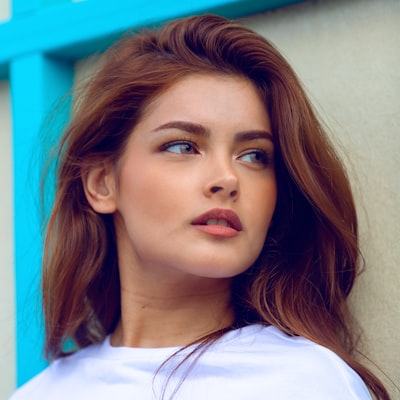What Happens To Bermudagrass In Winter

By now, you�ve absolutely observed that your bermudagrass has gone from a lush green to a yellow or straw color. Aside from looking of the strange, it is a utterly normal part of bermuda grass�s life cycle. When bermuda starts to show tan it�s merely going right into a dormant (non-growing) state. The cause it does that is to defend itself from the cruel and chilly situations that it�s about to endure. Typically, it only happens within the cooler months, however grass also can go dormant in the course of the summer because of too cold or too heat temperatures. Although that makes it appear delicate, bermudagrass is some of the heartiest sod you'll be able to have in your yard.
If you were to spill gasoline on fescue, or tall-type grass, it might hurt it to such a degree that it might possibly kill it. Now if bermuda grass not growing spill gasoline on bermuda it would doubtless turn light brown for a bit, but finally, it might develop again just as green. The heartiness of bermudagrass is normally a lifesaver in terms of drier and cooler seasons or lack of solar. In reality, this sod alternative can be fairly invasive and virtually a nuisance to keep out of your backyard. It�s much easier to maintain alive than it is to kill it. Unlike the human body, maintaining bermudagrass watered isn�t hard at all.
Once established, this grass can take little or no water. So little, in fact, that it could turn brown in midsummer, then green right again up couple days later. It�s additionally great for foot traffic in distinction to its bluegrass counterparts. Even when you do handle to mess up the method in which the grass looks (ie with a slip and slide), inside a quantity of days it is going to be again to normal. One reason so many homeowners and homebuilders in the southeast choose this grass is due to how it stands up to all of the elements..
